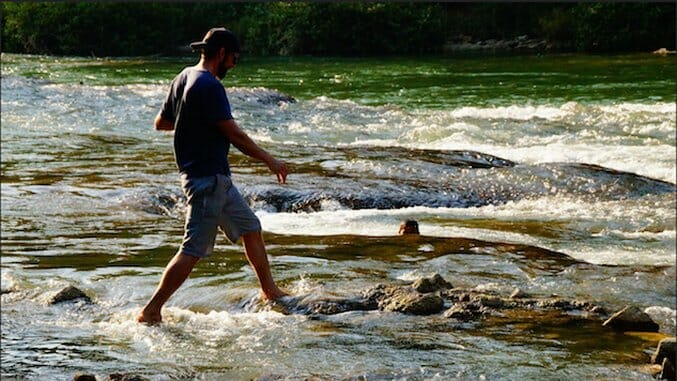What to Eat in the Jungle for Two Weeks
Photo: numb3r/Flickr
The great thing about access to grocery stores is the ability to have a hankering for something and then immediately be able to act on it by buying the necessary ingredients.
Unfortunately the Central American jungle is lacking in major markets, so for multi-week stints camping beneath the tropical canopy, meal planning is an absolute necessity.
This summer I spent 14 days sleeping in a jungle hammock in Belize’s Chiquibul Reserve, a tropical rainforest that is home to a huge range of animals, from crocodiles to jaguars to mosquitoes, all of which stole my blood.
Most notably it’s the home of the country’s surviving scarlet macaws, a species whose numbers dwindled to barely more than 200 in recent years. The conservationist group Scarlet 6 Biomonitoring responded to this situation by planting volunteers (like me) beneath the nests of fledgling macaws in order to keep poachers from climbing up the trees and snatching the babies to sell in Guatemala. Five years of this have bumped the macaw population up to 300, which is great news.
Despite the apex predators, bloodthirsty bugs and torrential downpours, the component that intimidated me the most was packing food for the trip. Fourteen breakfasts, 14 lunches, 14 dinners, all of which would depend on a rudimentary campfire for cooking, downpours be damned.
Camping provisions need to be able to survive long periods without proper storage or refrigeration and provide enough energy to accomplish the kinds of tasks nature throws at you, like recovering from caterpillar bites and readjusting a jungle hammock until it’s comfortable enough to sleep in.
So the day prior to my jungle insertion I visited a grocery store in San Ignacio, Belize, to gather everything I would need to not starve, and I ended up with the following:
-

-

-

-

-

-

-

-

-

-

-

-

-

-

-

-

-

-

-

-

-

-

-

-

-

-

-

-

-

-

-

-

-

-

-

-

-

-

-

-








































